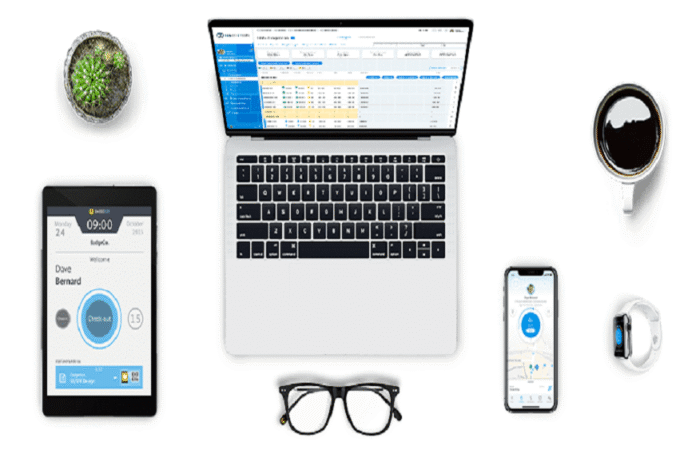
How to use Data-Driven Marketing to Reach Your Target Consumers
Data-driven marketing is a strategic approach that relies on data analytics to inform marketing decisions and activity. Understanding customer behavior and preferences enable you to segment and target audiences more effectively, optimize campaigns for greater ROI, and measure performance. In today’s competitive landscape, data-driven marketing is essential to stay ahead of the curve and deliver relevant, personalized experiences to your customers.
There are three ways to use data and analysis to inform your marketing activities–content, audience, and traditional media analysis.
Social Media Content Analysis
Social media content analysis is the process of evaluating social media data to make smarter marketing decisions. There are various ways to analyze social media content, but the most common approach is to use social analytics platforms. These tools collect data from social media platforms and generate reports that can be used to track metrics such as topics, brand awareness, reach, and engagement.
Social media content analysis can also understand trends and conversations around specific topics. This information can inform marketing campaigns, product development, and customer service strategies. To effectively analyze social media content, you need to clearly understand your goals and objectives.
Once these goals are established, you can identify the key performance indicators (KPIs) used to measure success. You can choose the appropriate tools and methods for collecting and analyzing data. When done correctly, social media content analysis can provide valuable insights to help you improve your bottom line, brand reputation, or brand awareness.
Audience Analysis
Audience analysis is different than content analysis. In this case, you are assessing who will read or view your content and understand their needs, wants, and what makes them tick. When creating content for social media, it’s important to take your audience into account to create digital assets that are relevant and aligned to what they care about. There are a few key steps to conducting an effective audience analysis:
1. Define your goals.
What do you want to achieve with your social media content? This will help you to narrow down your target audience.
2. Research your audience.
Use social media listening tools to learn more about the demographics, interests, and needs of your target audience.
3. Test and measure.
Try out different types of content on social media platforms to see what resonates best with your audience. Regularly check your analytics to see how your content performs and make changes accordingly.
By conducting a thorough audience analysis, you can ensure that your social media content is targeted, relevant, and engaging.
Traditional Media Analysis
When analyzing traditional media outlets, you need to be very diligent. Several factors must be considered, such as the outlet’s reach, target audience, and editorial slant. In addition, it’s important to consider the outlet’s level of influence and whether or not it is a credible source of information. By considering all of these factors, you can make sure that they are choosing the best possible outlets when creating your public relations program.
Here are some things to consider when conducting a traditional media analysis:
- Who is the audience of the outlet? Is it the same audience you are trying to reach with your campaign?
- What kind of coverage does the outlet typically provide? Is it mostly positive, negative, or neutral?
- Does the outlet have a good relationship with your target audience? Do they trust what the outlet has to say?
- What is the reputation of the outlet? Is it respected by its audience and by other media outlets?
- What kind of influence does the outlet have? How many people will see or hear your message if you place it with this outlet?
These are just a few factors you should consider for your analysis. By taking the time to understand each outlet’s strengths and weaknesses, you can ensure you are securing the right coverage in the most effective outlet for your business.
Social media content analysis and audience research are critical tools for any marketer. By taking the time to understand your goals, objectives, and target audience, you can create content that is relevant, engaging, and aligned with what your customers care about. Additionally, by conducting a traditional media analysis, you can ensure you place your content in the most influential media outlets possible. With these tools in your toolkit, you can be confident that your social media marketing campaigns will be successful.




